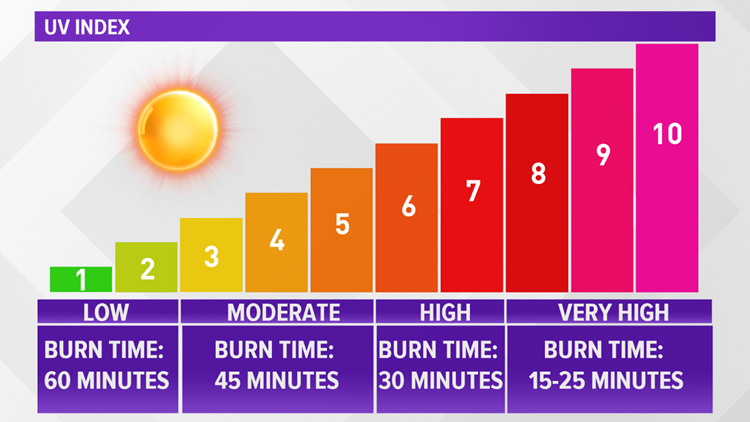As you try to beat the heat this summer, you'll be battling more than just heat. You'll also have to combat the Sun's harmful UV rays.
The Sun is a star that emits radiation across the electromagnetic spectrum. Most of this radiation reaches Earth as visible light and that is why we are able to see, however, the Sun also emits rays we cannot see.
A typical sunny, summertime day in Southern California (where we are) will feature a UV Index value of 10 or above. This represents very high exposure to the Sun's UV rays, which could lead to sunburn in as little as 15 minutes.
If you'll be spending time outside, sunscreen is a necessity. Every sunscreen has an SPF, or Sun Protective Factor.
The higher the number, the greater the protection. A sunscreen with an SPF of 15 will block approximately 93% of the sun's UV rays. SPF 30 will block 97% of UV rays, and SPF 50 will block approximately 98% of UV rays. SPF 30+ Sunscreens are eligible for purchase with your FSA/HSA cards as well.
Those may sound like small percentage changes, but an SPF 50 will go a lot longer way towards protecting a fair or sensitive skinned person than SPF 15.
If you're spending time in the water and want to limit UV exposure, of course use a high performance sunscreen with an SPF 45 or higher, especially on your face. In the morning and evening are especially dangerous due to reflections off the ocean directly into your face. Also, always reapply sunscreen every two hours no matter what brand you are using.

